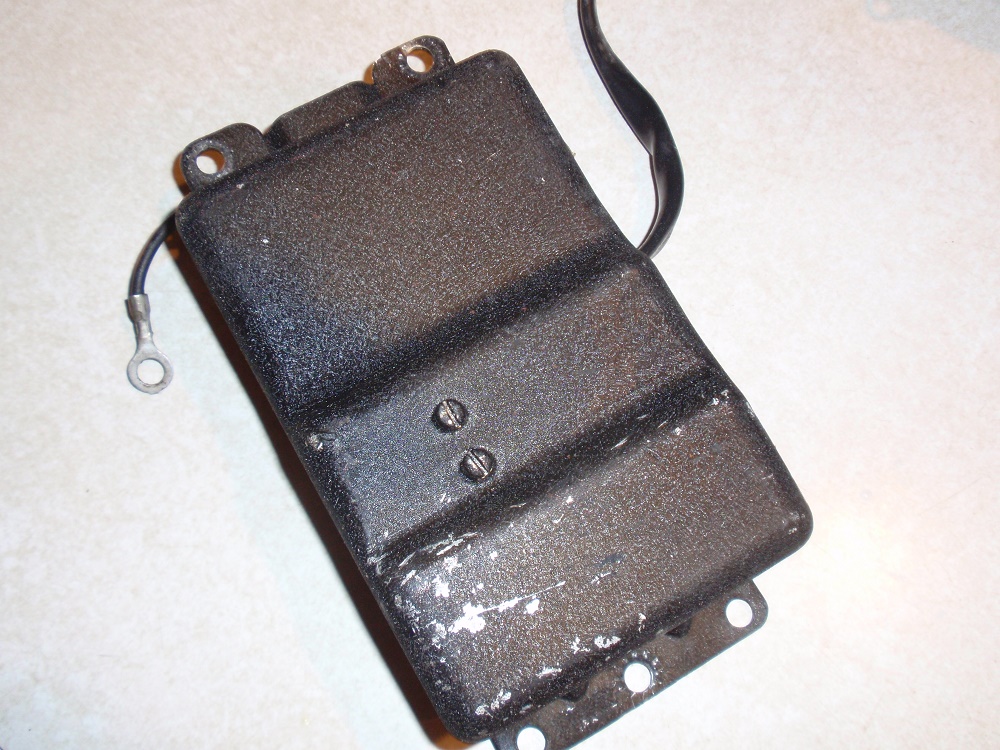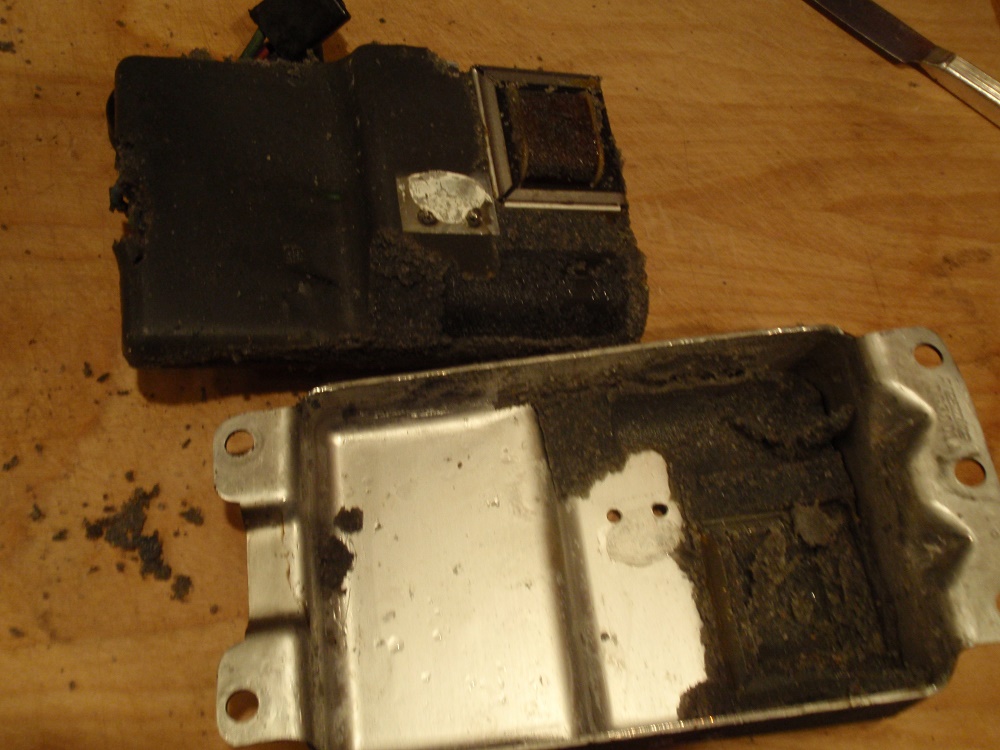|
Welcome,
Guest
|
TOPIC: Designed to fail?
Designed to fail? 10 years 3 months ago #99257
|
Please Log in or Create an account to join the conversation. |
Re:Designed to fail? 10 years 2 months ago #99393
|
|
Please Log in or Create an account to join the conversation. |
Re:Designed to fail? 10 years 2 months ago #99396
|
Please Log in or Create an account to join the conversation.
CAVU
|
Re:Designed to fail? 10 years 2 months ago #99404
|
Please Log in or Create an account to join the conversation. |
Moderators: kensikora, classicfins, bruce gerard, billr, mrusson, cc1000, MarkS, Waterwings, jbcurt00
Time to create page: 0.170 seconds



















